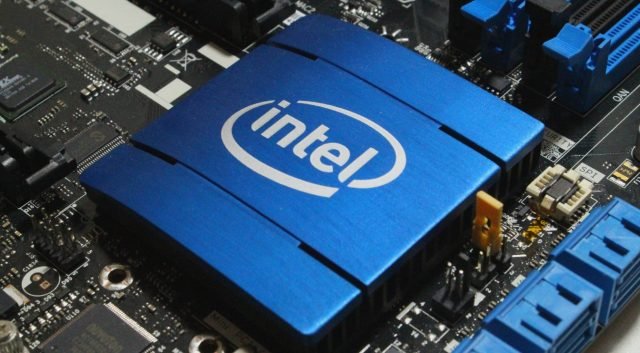Intel’s Chief Executive Officer Pat Gelsinger has revealed more details about its internal foundry model for external customers and the company’s product lines.

A foundry business builds chips that other companies design and Taiwan Semiconductor Manufacturing Co (TSMC) is the top player in that space. Intel has mainly built chips it designed itself so far.
The creation of the IDM 2.0 Acceleration Office will be under the leadership of Stuart Pann, Senior Vice President of our Corporate Planning Group (CPG).
Intel’s IDM 2.0 strategy is aimed at regaining technology leadership, manufacturing scale and long-term growth.
“In the first phase of our transformation, we made significant progress on our process roadmaps and capacity. We remain on track to deliver five process nodes in four years, and we’ve invested in the capacity required to meet the industry’s demand for semiconductors, bringing much-needed balance to the global supply chain,” Pat Gelsinger said in a memo to company employees on Tuesday.
“The next phase of our IDM 2.0 journey requires a fundamental shift in mindset. We must embrace an internal foundry model, not only for our external customer commitments but also for our Intel product lines. This is a significant evolution in how we think and operate as a company, but the systems and infrastructure that served us well in the IDM 1.0 world will not enable us to achieve the full potential of IDM 2.0.”
